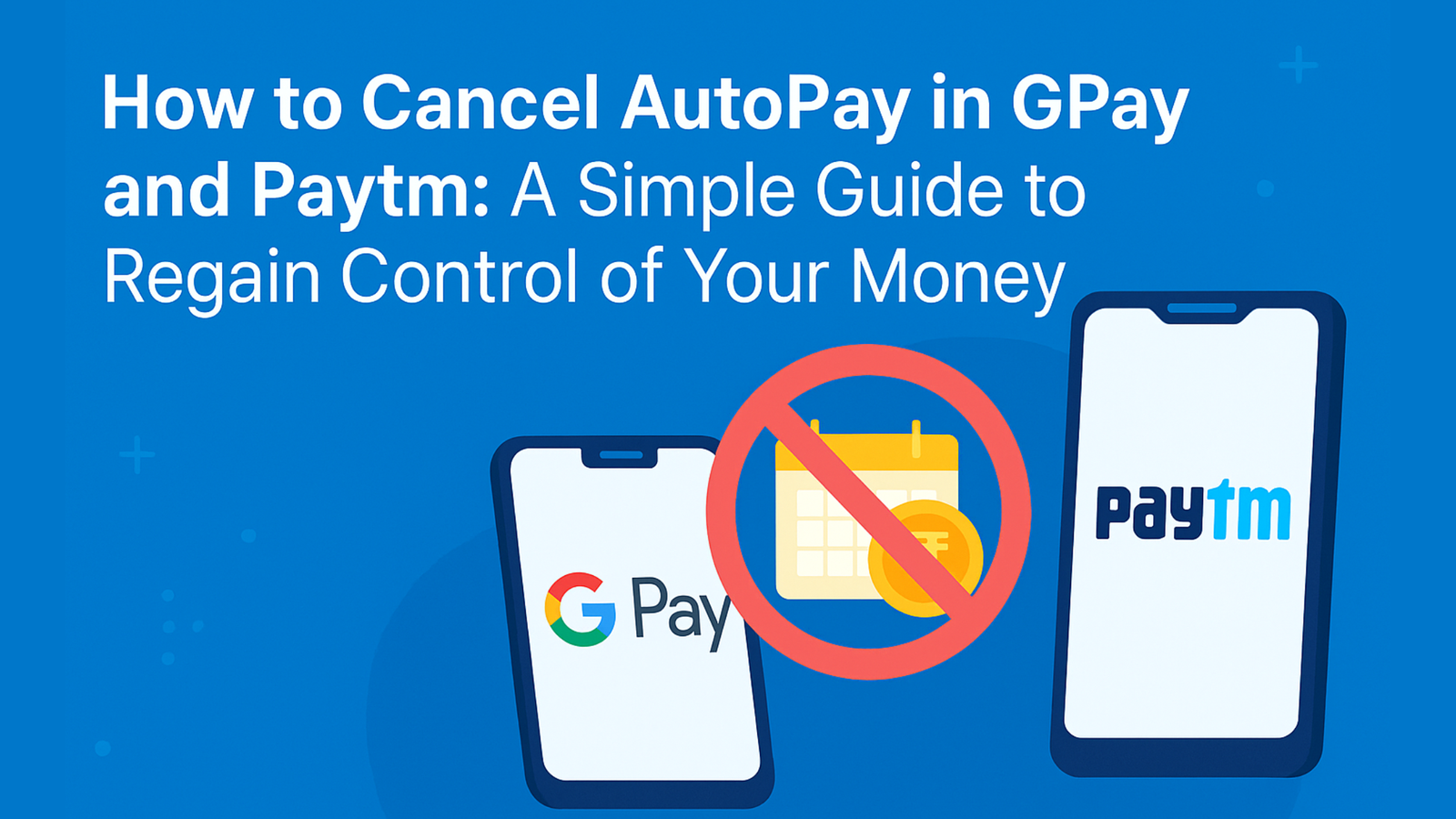Blockchain is one of the most revolutionary concepts of the 21st century. From powering cryptocurrencies like Bitcoin and Ethereum to revolutionizing supply chains, finance, healthcare, and more, blockchain has emerged as a foundational pillar of the digital future. But what exactly is blockchain technology, how does it work, and why is it so important?
In this blog, we’ll explore blockchain technology in detail—its definition, underlying principles, real-world applications, benefits, and challenges.
What is Blockchain?
In simple words, blockchain is a decentralized, distributed digital ledger that records transactions across many computers in a way that data cannot be altered retroactively. This setup is designed to update the spreadsheet regularly, and it is essentially how it works.
Characteristics of Blockchain
- Decentralized: No single entity controls the data
- Immutable: Data cannot be altered without changing all the blocks
- Transparent: All transactions are visible to all the participants, ensuring utmost transparency
- Secure: Utilizes cryptographic algorithms for authentication and data integrity.
How Does Blockchain Technology Work?
Transaction initiation
Any user across the block requests a transaction.
Block creation
The transaction is created and bundled into a block.
Consensus mechanism
Network participants (nodes) validate transactions using a consensus protocol, such as Proof of Work (PoW) or Proof of Stake (PoS).
Block addition
Once validation is done, a new block is added to the chain
Distributed Ledger update
Every node on the network updates its copy to the new blockchain.
This decentralized approach makes blockchain resilient to tampering or single-point failures.
Components of blockchain technology
Blocks
Consists of a list of transactions, a timestamp, and a cryptographic hash.
Nodes
All the computers participating in the blockchain network are called nodes.
Consensus Mechanisms
Has algorithms that ensure agreement among the nodes.
Smart Contracts
Self-executing contracts revolutionize the way we conduct agreements by embedding them directly into code. This innovation eliminates the need for intermediaries, ensuring a faster, more efficient, and trustworthy process.
Real-World Applications of Blockchain
Cryptocurrencies
- Enables secure peer-to-peer transactions, making cryptocurrencies like Bitcoin and Ethereum transactions secure.
Supply Cain Management
- Helps in tracking and verifying product origin and journey in real-time.
Healthcare
- Securely store and share patient medical records across providers while ensuring privacy and integrity.
Digital Identity
- Creates verifiable digital IDs that use control.
Voting Systems
- Enables secure and transparent digital voting.
Banking and Finance
- Assists in secure cross-border payments, reduces fraud, and automates processes through smart contracts.
Benefits
- Decentralisation removes intermediaries
- Ensures transparency with an open ledger for all participants
- Cryptography makes it highly resistant to hacking, as to remove data hacker needs to delete all the copies across more than hundreds and thousands of nodes.
- Reduces the time and cost involved in traditional systems
- Immutable records build confidence among users.
Limitations
- These networks are not highly scalable, as they can be slow, catering to high transaction volumes.
- PoW-based chains like Bitcoin require massive computational power.
- Governments are still figuing ot how to regulate their applications
- Transparency can conflict with the need for confidentiality
- Adapting legacy systems with a chain can be costly and complex.
Future
While initially driven by cryptocurrencies, blockchain is rapidly evolving. Concepts like Web3, DeFi (Decentralized Finance), and NFTs (Non-Fungible Tokens) are building new digital ecosystems on top of this infrastructure.
Governments, businesses, and startups are all making significant investments in research and development. As technology continues to advance, it has the potential to transform the way we store data, transfer value, and build trust online.
Conlusion
While blockchain is not a silver bullet for every problem, its potential to reshape industries is immense. Whether you’re an entrepreneur, developer, or simply a curious observer, understanding it is crucial to navigating the next generation of the internet.
Don’t miss out! Dive into our latest blog post on Mistral AI for some exciting insights and updates. Check it out now!




